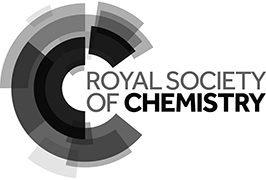
cover
Contents
Contents
Carotenoid Esters in Foods: Physical, Chemical and Biological Properties
Carotenoid Esters in Foods
Physical, Chemical and Biological Properties
Edited by
Adriana Z. Mercadante
University of Campinas, Brazil
Email:
Email:
Food Chemistry, Function and Analysis
Series editors:
Gary Williamson, University of Leeds, UK
Alejandro G. Marangoni, University of Guelph, Canada
Juliet A. Gerrard, University of Auckland, New Zealand
Titles in the series:
1: Food Biosensors
2: Sensing Techniques for Food Safety and Quality Control
3: Edible Oil Structuring: Concepts, Methods and Applications
4: Food Irradiation Technologies: Concepts, Applications and Outcomes
5: Non-extractable Polyphenols and Carotenoids: Importance in Human Nutrition and Health
6: Cereal Grain-based Functional Foods: Carbohydrate and Phytochemical Components
7: Steviol Glycosides: Cultivation, Processing, Analysis and Applications in Food
8: Legumes: Nutritional Quality, Processing and Potential Health Benefits
9: Tomato Chemistry, Industrial Processing and Product Development
10: Food Contact Materials Analysis: Mass Spectrometry Techniques
11: Vitamin E: Chemistry and Nutritional Benefits
12: Anthocyanins from Natural Sources: Exploiting Targeted Delivery for Improved Health
13: Carotenoid Esters in Foods: Physical, Chemical and Biological Properties
How to obtain future titles on publication:
A standing order plan is available for this series. A standing order will bring delivery of each new volume immediately on publication.
For further information please contact:
Book Sales Department, Royal Society of Chemistry, Thomas Graham House, Science Park, Milton Road, Cambridge, CB4 0WF, UK
Telephone: +44 (0)1223 420066, Fax: +44 (0)1223 420247,
Email:
*E-mail:
Visit our website at www.rsc.org/books
Food Chemistry, Function and Analysis No. 13
Print ISBN: 978-1-78801-242-3
PDF ISBN: 978-1-78801-585-1
EPUB ISBN: 978-1-78801-739-8
Print ISSN: 2398-0656
Electronic ISSN: 2398-0664
A catalogue record for this book is available from the British Library
The Royal Society of Chemistry 2019
All rights reserved
Apart from fair dealing for the purposes of research for non-commercial purposes or for private study, criticism or review, as permitted under the Copyright, Designs and Patents Act 1988 and the Copyright and Related Rights Regulations 2003, this publication may not be reproduced, stored or transmitted, in any form or by any means, without the prior permission in writing of The Royal Society of Chemistry or the copyright owner, or in the case of reproduction in accordance with the terms of licences issued by the Copyright Licensing Agency in the UK, or in accordance with the terms of the licences issued by the appropriate Reproduction Rights Organization outside the UK. Enquiries concerning reproduction outside the terms stated here should be sent to The Royal Society of Chemistry at the address printed on this page.
Whilst this material has been produced with all due care, The Royal Society of Chemistry cannot be held responsible or liable for its accuracy and completeness, nor for any consequences arising from any errors or the use of the information contained in this publication. The publication of advertisements does not constitute any endorsement by The Royal Society of Chemistry or Authors of any products advertised. The views and opinions advanced by contributors do not necessarily reflect those of The Royal Society of Chemistry which shall not be liable for any resulting loss or damage arising as a result of reliance upon this material.
The Royal Society of Chemistry is a charity, registered in England and Wales, Number 207890, and a company incorporated in England by Royal Charter (Registered No. RC000524), registered office: Burlington House, Piccadilly, London W1J 0BA, UK, Telephone: +44 (0) 20 7437 8656.
Visit our website at www.rsc.org/books
Printed in the United Kingdom by CPI Group (UK) Ltd, Croydon, CR0 4YY, UK
Part I Physical and Chemical Properties of Carotenoids
CHAPTER 1
Structures, Nomenclature and General Chemistry of Carotenoids and Their Esters
Antonio J. Melndez-Martnez*
a Food Colour & Quality Laboratory, Area of Nutrition & Food Science, Facultad de Farmacia, Universidad de Sevilla, Seville, 41012, Spain
b Instituto de la Grasa CSIC, Department of Food Phytochemistry, University Campus Pablo de Olavide, Building 46, Seville, 41013, Spain
*E-mail:
1.1 Introduction
Carotenoids are widespread isoprenoids in nature that intervene in many actions ranging from the collection of light and photoprotection to the regulation of gene expression and communication within or between species, to mention some examples.
Carotenoids are, therefore, much more than natural pigments providing mainly yellow, orange or red colours. Indeed, they are very versatile compounds that are eliciting increasing interest in different disciplines, such as
Although carotenoids in human fluids and tissues are found almost exclusively free (although sometimes carotenoid esters have been reported in plasma and skin
In this chapter, nomenclature and structural aspects related to fatty acids, isoprenoids, carotenoids and, finally, carotenoid associations with other molecules, with an emphasis on carotenoid acyl esters, are dealt with, referring to some physicalchemical properties and their importance at different levels.
1.2 Fatty Acids
Fatty acids (FAs) are ancient and ubiquitous molecules present in all living matter. Both free and as part of complex lipids, they play a number of key roles in metabolism as critical structural components of phospholipids and other complex lipids in cellular membranes, as gene regulator and as parts of triacylglycerols, a major metabolic fuel (for the storage and transport of energy).
1.2.1 Occurrence in Nature
The quantitative proportion and qualitative composition of FAs in various organisms are characteristic for every species and genus, and depending on the environment, they can be used for identification purposes.
In the plant kingdom, an amazing variety of FA structures are found, particularly in angiosperm seed oils. An electronic database of seed oil FA (SOFA) composition (
In animal tissues, the FA profile reflects the tissue biosynthesis and the FA composition of ingested lipids, especially for monogastrics (pigs, poultry and rabbits), since ruminants can hydrogenate FAs in the rumen. Some FAs also have important metabolic roles as biosynthetic precursors of oxylipins, including the eicosanoids (prostaglandins, leukotrienes, thromboxanes and lipoxins) and docosanoids (protectins, resolvins and maresins), while in plants, hormones, such as the jasmonates, are derived from -linolenic FA.
1.2.2 Chemical Structure
FAs are defined by the International Union of Pure and Applied Chemistry (IUPAC) as aliphatic monocarboxylic acids derived from or contained in esterified form in animal or vegetable fat, oil or wax which may be saturated or unsaturated. By extension, the term is sometimes used to embrace all acyclic aliphatic carboxylic acids.

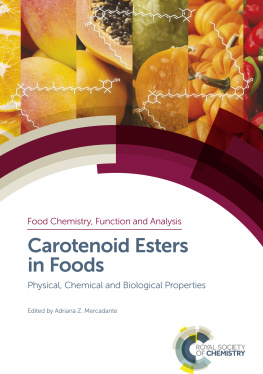

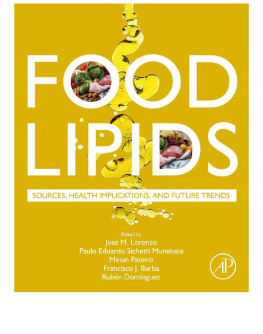
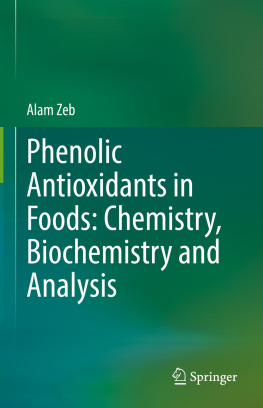

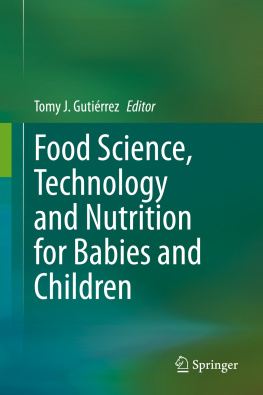
 cover
cover